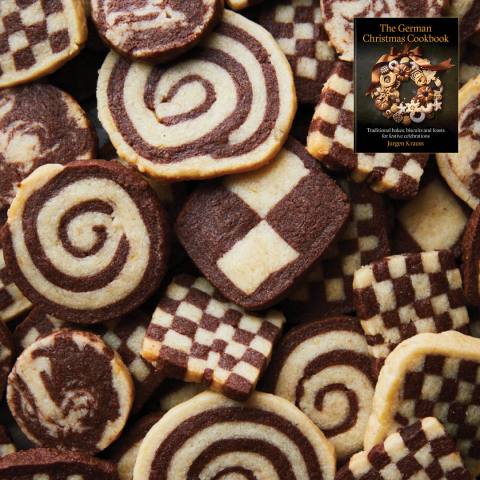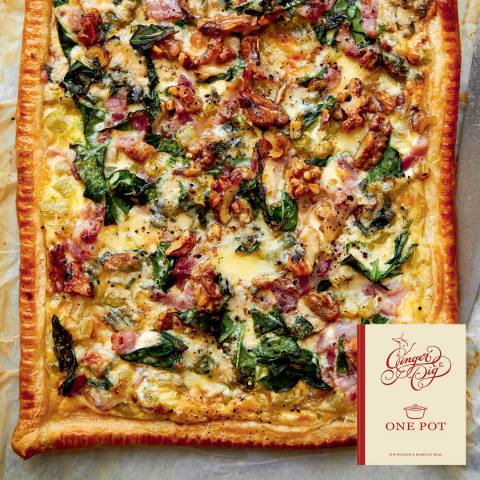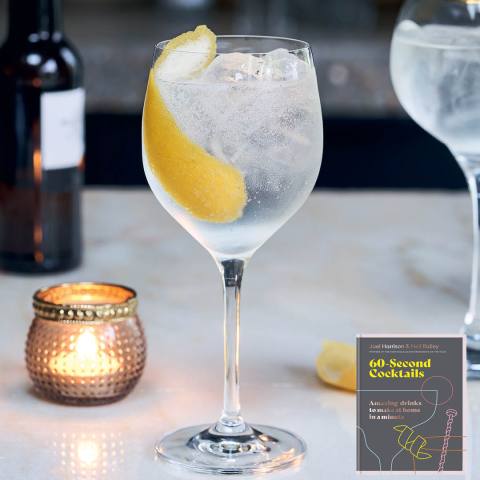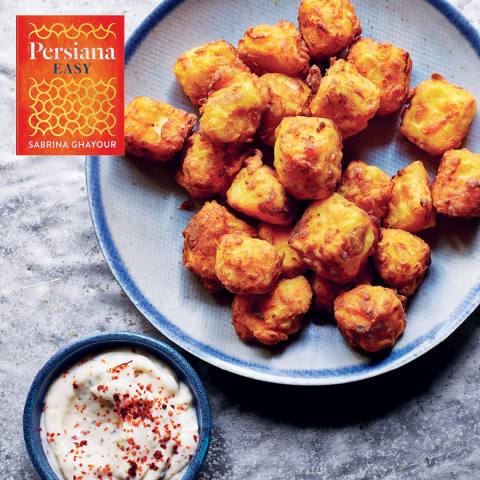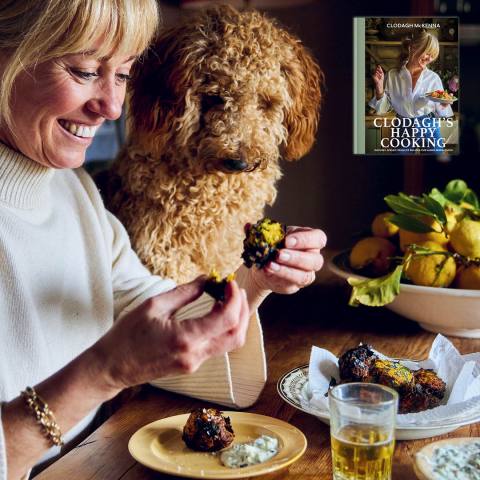Top 5: Espresso-based drinks
 Whether they are long, short, milky or dark, there is a wide variety of coffee drinks which start with an espresso as their base.
Whether they are long, short, milky or dark, there is a wide variety of coffee drinks which start with an espresso as their base.
ESPRESSO
There are many definitions for what makes an espresso an espresso, some extremely precise and some more general. I would define an espresso as a small, strong drink made using finely ground coffee under high water pressure. I would also add that an espresso should have crema. More precisely, I would say the ratio of the weight of ground coffee to the weight of the finished beverage is about 1:2. I would rather have an open definition and treat espresso as a broad church, than be overly prescriptive about what is right and wrong.
RISTRETTO
This translates from the Italian as ‘restricted’ and the idea is to produce an even smaller and stronger cup of coffee than an espresso. This is done by using less brewing water for the same amount of ground coffee. The grind of the coffee should be finer so the brew time remains long enough to extract all the desirable aromatics from the coffee.
LUNGO
The lungo, or ‘long’ coffee, was until recently considered deeply unfashionable in the speciality coffee world. It was usually brewed using an espresso machine but using two or three times the amount of water to the same weight of coffee to make a much longer drink. The resulting cup was much weaker and, while a longer-lasting experience for the consumer, it was considered inferior due to the lack of body and mouthfeel. In fairness, most coffee brewed this way is terrible, and tastes very bitter and ashy. However, recently there has been a movement within the speciality coffee industry to brew lighter roasted
coffees this way, resulting in a complex and balanced brew that I think can be delicious. If ever you are struggling to balance the acidity in an espresso blend, try making it into a longer drink by adding more water to the same amount of coffee. The grind will need to be made a little coarser to allow a faster flow and prevent overextraction.
MACCHIATO
This drink takes its name from the idea of ‘marking’ or ‘staining’ an espresso with some milk foam. In Italy it is not unusual to see a busy barista line up several cups of espresso on the bar for the customers. If one of the customers likes just a drop of milk in their drink, it is important to add a small dollop of milk foam as well to mark which cup it is. If you pour just a little milk into a freshly made espresso it will disappear under the crema, and you won’t be able to tell which it is. In the last decade or so, many quality-focused coffee shops have done something quite different with the drink. They have turned a macchiato into an espresso topped up with foamed milk. This is often done at the
request of the customer, who wants a longer, weaker and sweeter drink, but sometimes it is done because the barista likes to show off and pour latte art in very small cups. To further confuse matters, Starbucks have a drink called a Caramel Macchiato. This is an entirely different drink, much closer to a caffe latte that has been ‘marked’ or ‘stained’ by caramel syrup. This has created some customer confusion, especially in North America, so it is now common to see coffee shops refer to what they offer as a ‘traditional macchiato’.
CAPPUCCINO
There remain a great many myths around the cappuccino. One to get out of the way
quickly is that the name has nothing to do with the hoods of monks’ robes, nor the bald
spot on their heads. The original name for the drink was a kapuziner, and it was a Viennese drink in the 19th century. It was a small brewed coffee mixed with milk or
cream until it attained the same shade of brown as the Capuchin monks’ robes. Essentially the name implies the strength of the drink. Another recent myth surrounding the cappuccino is the rule of thirds. The rule of thirds is passed around to this day, and describes a traditional cappuccino as being one-third espresso, one-third milk and one-third foam. I was taught this very early on in my coffee career but this recipe has no root in tradition. I have read quite a few books about coffee and the first reference to the cappuccino rule of thirds I can find was written in the 1950s. It describes cappuccino as ‘an espresso mixed with equal amounts of milk and foam.’ This sentence appears almost verbatim a number of times in the book. The phrase is a little ambiguous as it could be saying that only the milk and foam are in equal quantities, or that all three ingredients are. So instead of the recipe being 1:1:1, the author could easily have meant it was 1:2:2. The 150–175ml cappuccino made with a single shot of espresso in the ratio of 1:2:2 does have a long tradition, and is still widely served in much of Italy and the parts of Europe that haven’t yet succumbed to more generous portions of coffee as fast food retail. This drink is also, when well made, absolutely delicious. I think a great cappuccino is the pinnacle of milkbased espresso drinks. A rich layer of dense, creamy foam combined with sweet, warming milk and the flavours of a well-brewed espresso are an absolute delight. The closer to lukewarm you can enjoy a cappuccino, the sweeter it will be, and I confess that the best ones I’ve drunk disappear in a few greedy mouthfuls – impossible if the drink is too warm.
Extract taken from The World Atlas of Coffee by James Hoffman, available here







